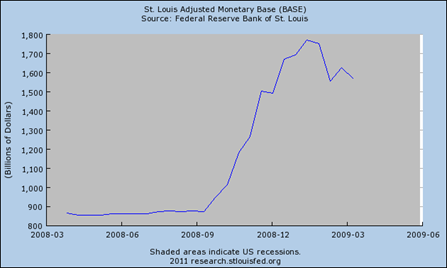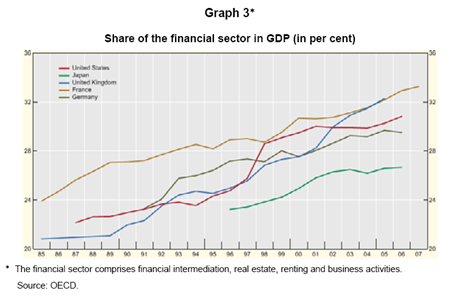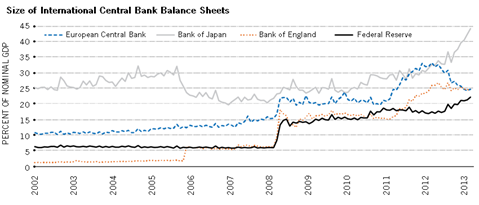Trading is active work. It requires you to inspect the stock based on technical or fundamental analysis. Investing should be passive in nature, allow the stock to work when you are resting.
I understand it is tough to read through thousand words essays for trading nuggets. Here are some that I thought you might be interested to read.
Don’t act on impulse. Act based on a system.
From a period of dullness and inactivity, watch for and prepare to follow a move in the direction in which volume increases.
Primary Rule: Limit losses and ride profits, irrespective of all other rules.
Minimize the size of your position when market position is not certain.
Seldom take a position in the direction of an immediately preceding three-day move. Wait for a one-day reversal. This is known as swing trading.
When you take a position, feel free to use price orders. In closing a position, use market orders.
A move followed by a sideways range often precedes another move of almost equal extent in the same direction as the original move. Generally, when the second move from the sideways range has run its course, a counter move approaching the sideways range may be expected.
Watch for volume climax, especially after a long move. After volume spike, it’s time to go.
Enter a position when it breaks out of a base with significant volume.
Exit the position after the stock loses the initial volume for more than 10 days, or exit the next day after a long bearish bar with good volume.
In this channel, I aim to share trading tips for free. There are just too many fraudulent courses that charge thousands of dollars for simple public knowledge that can be attained by just reading books. I’m giving the public a free option, hoping that they can stop paying for useless materials, data, platforms and courses.
I would also like to urge the public to invest in passive funds.
We frequently see reports of how actively managed funds continue to underperform their market benchmarks. In fact, Financial Times have published many articles showing this. 9 out of 10 active funds under perform benchmark. In another report, FT shares 86% of active equity funds under perform.
This is an important conclusion. If we know that most actively managed funds do not beat the market, you should invest in the market cheaply. After all, passively managed funds have the lowest costs and now, the highest returns over time.
There is a book I would like to introduce to you. John Bogle, the founder of Vanguard wrote a few books and this is one of them that will help your investment mentality. I have some simple fund selection rules that will help you.















